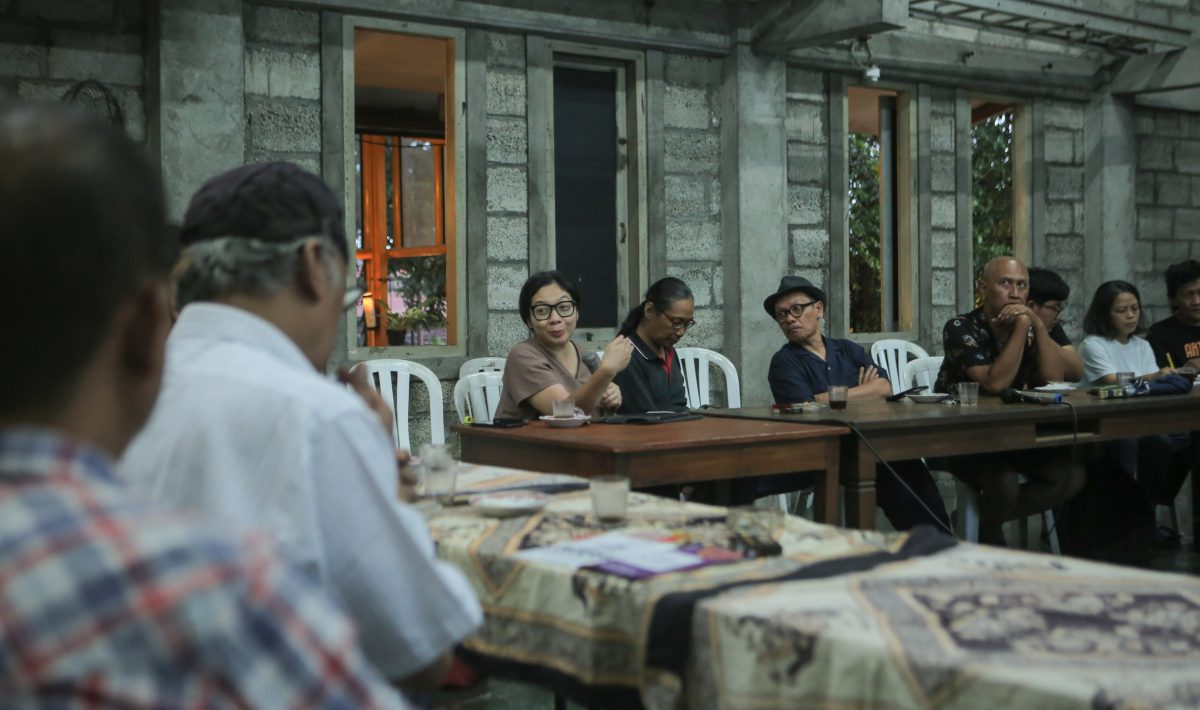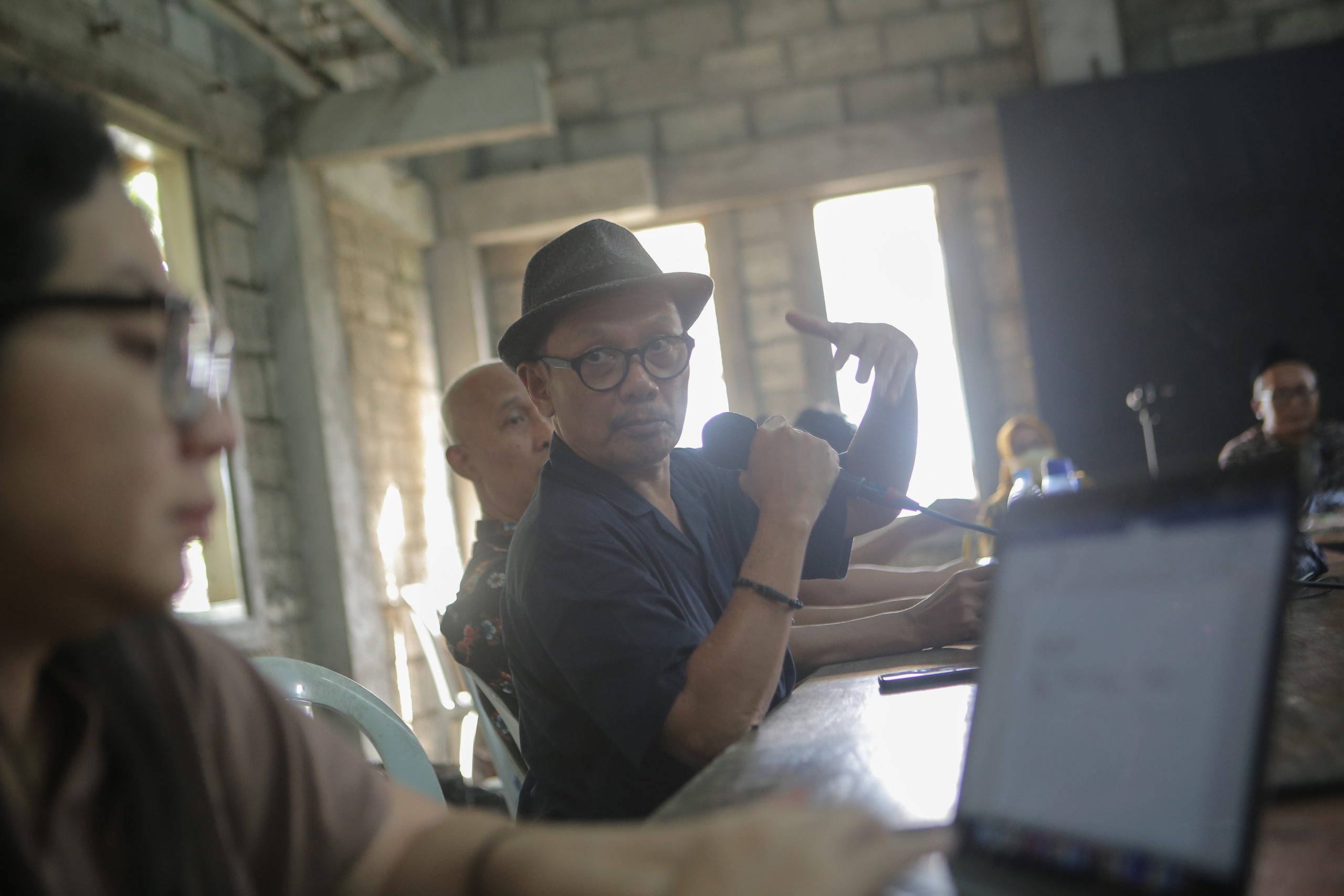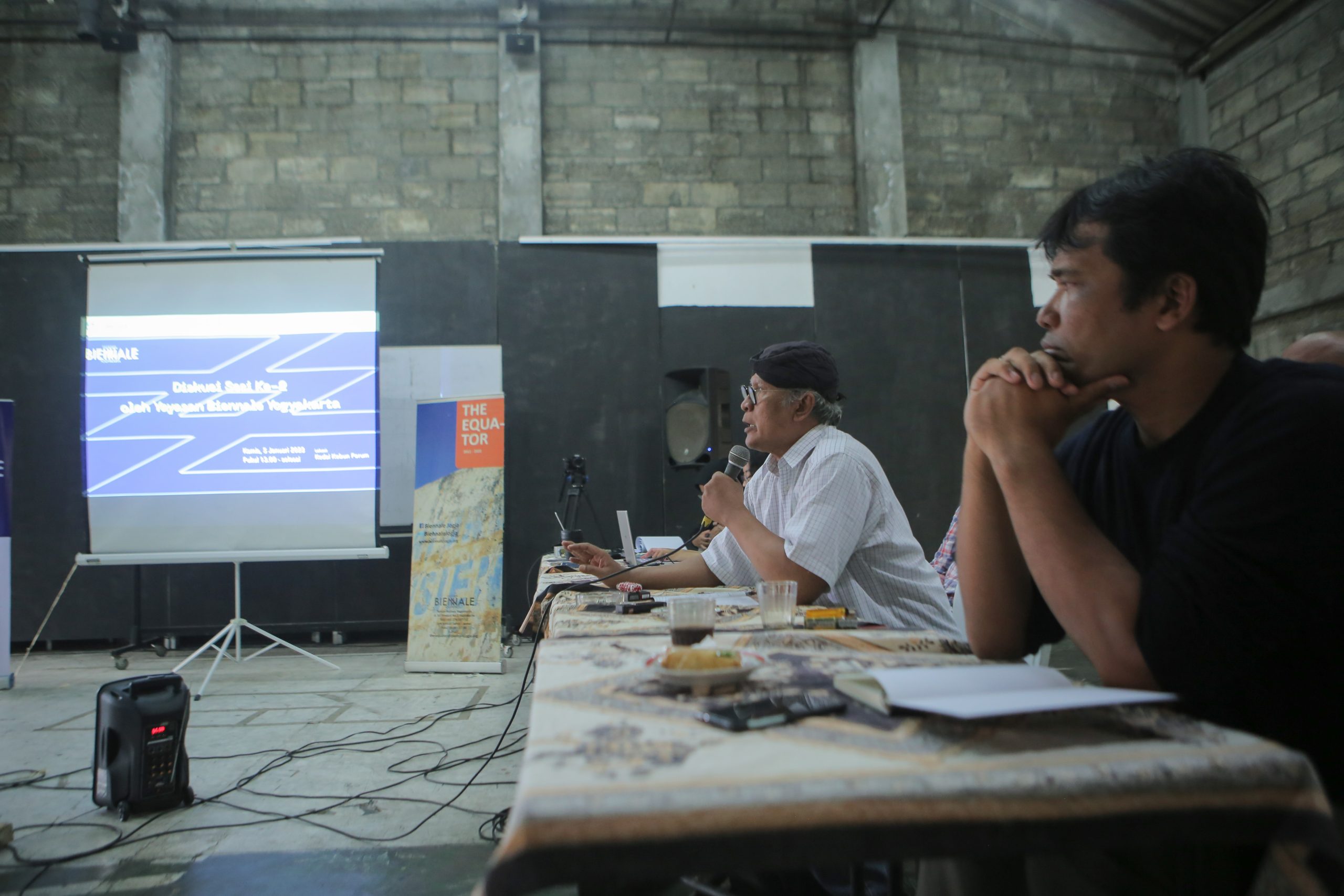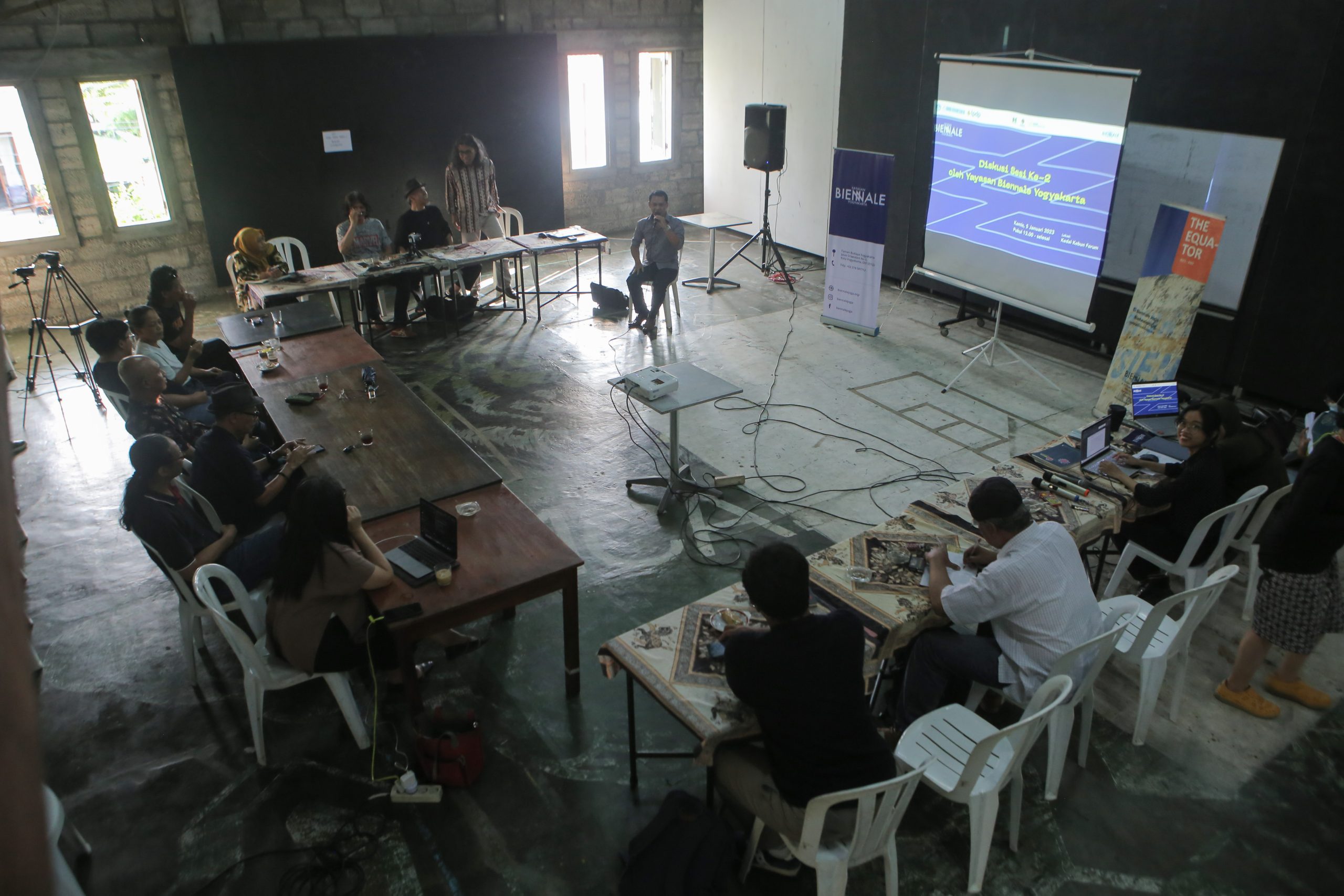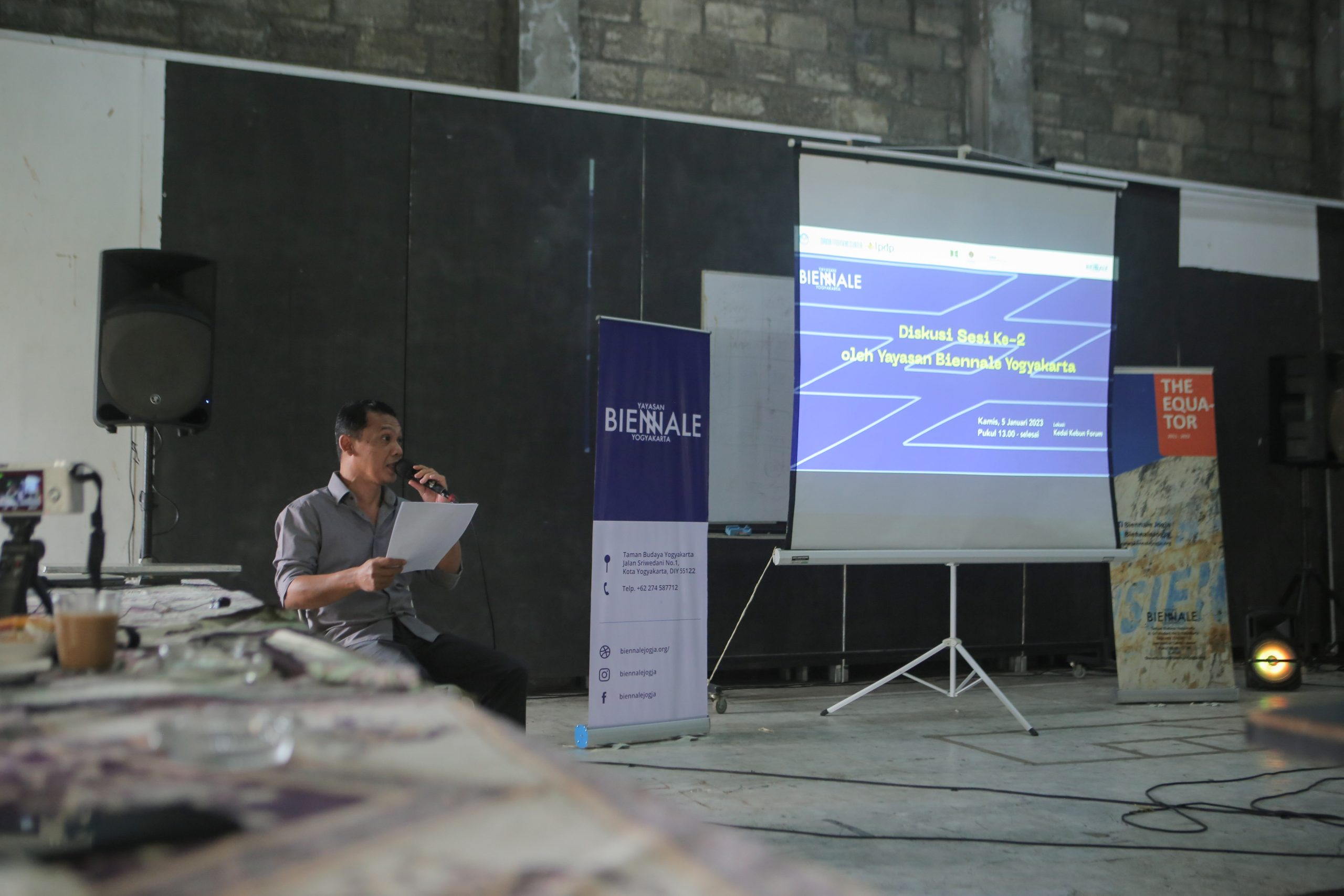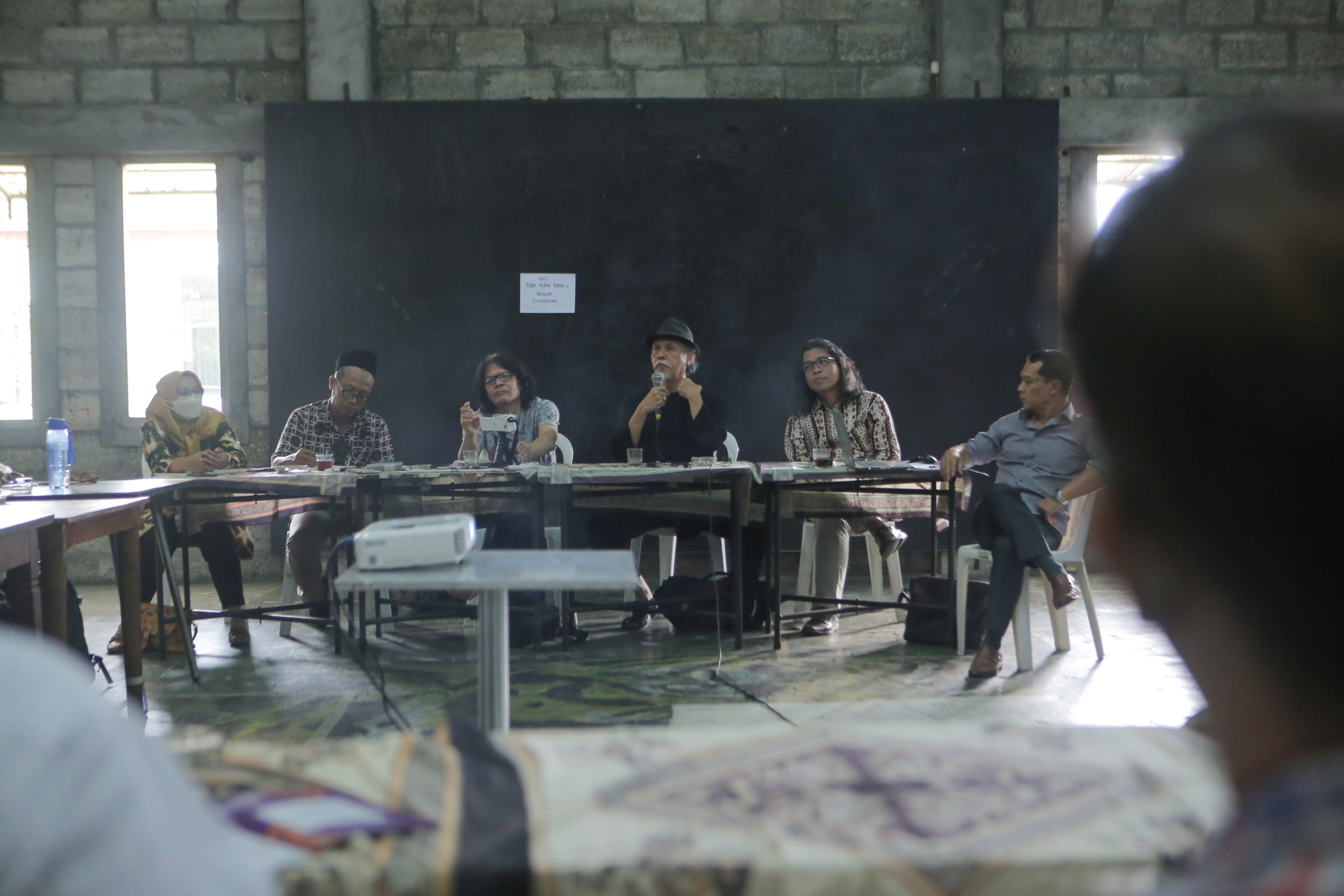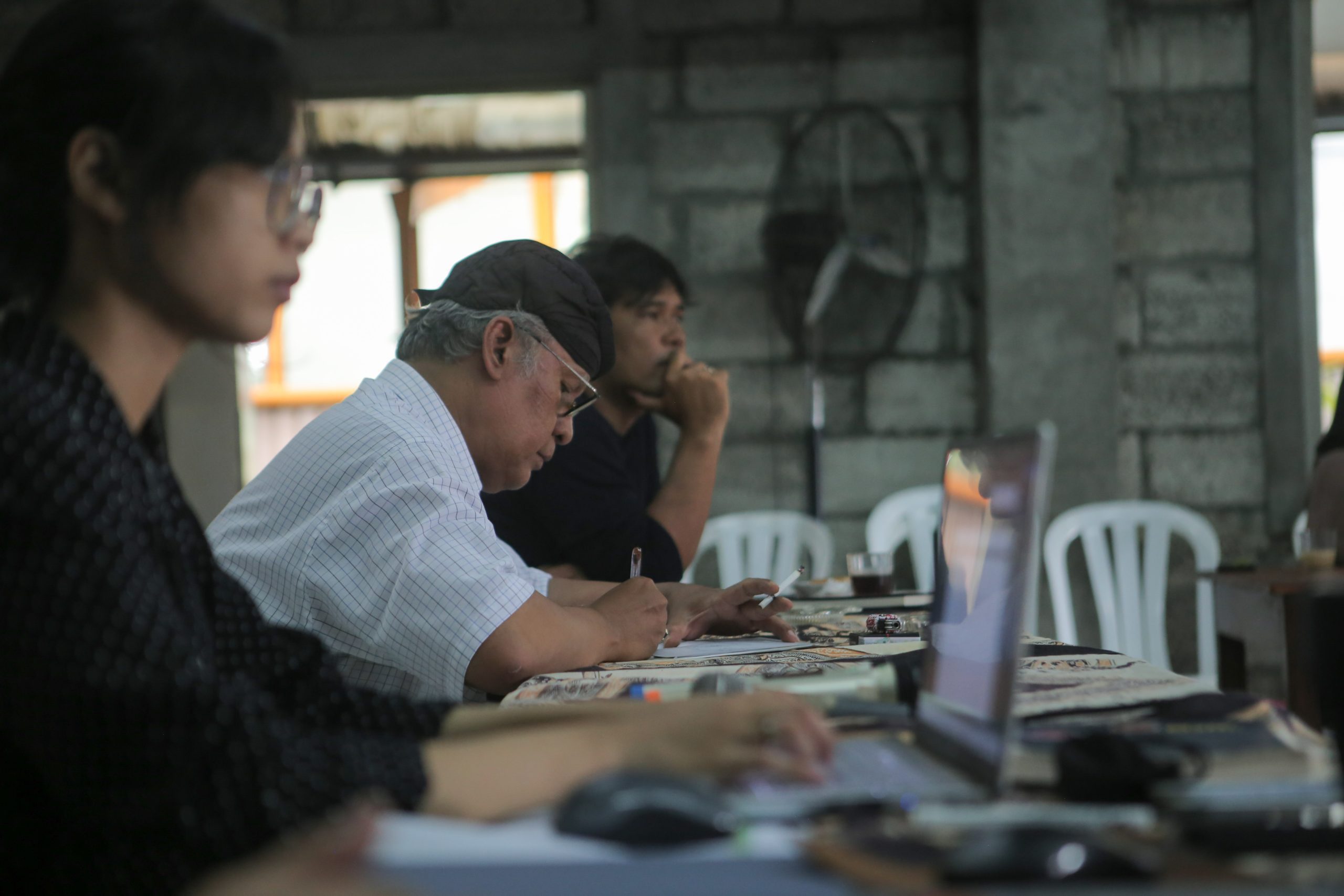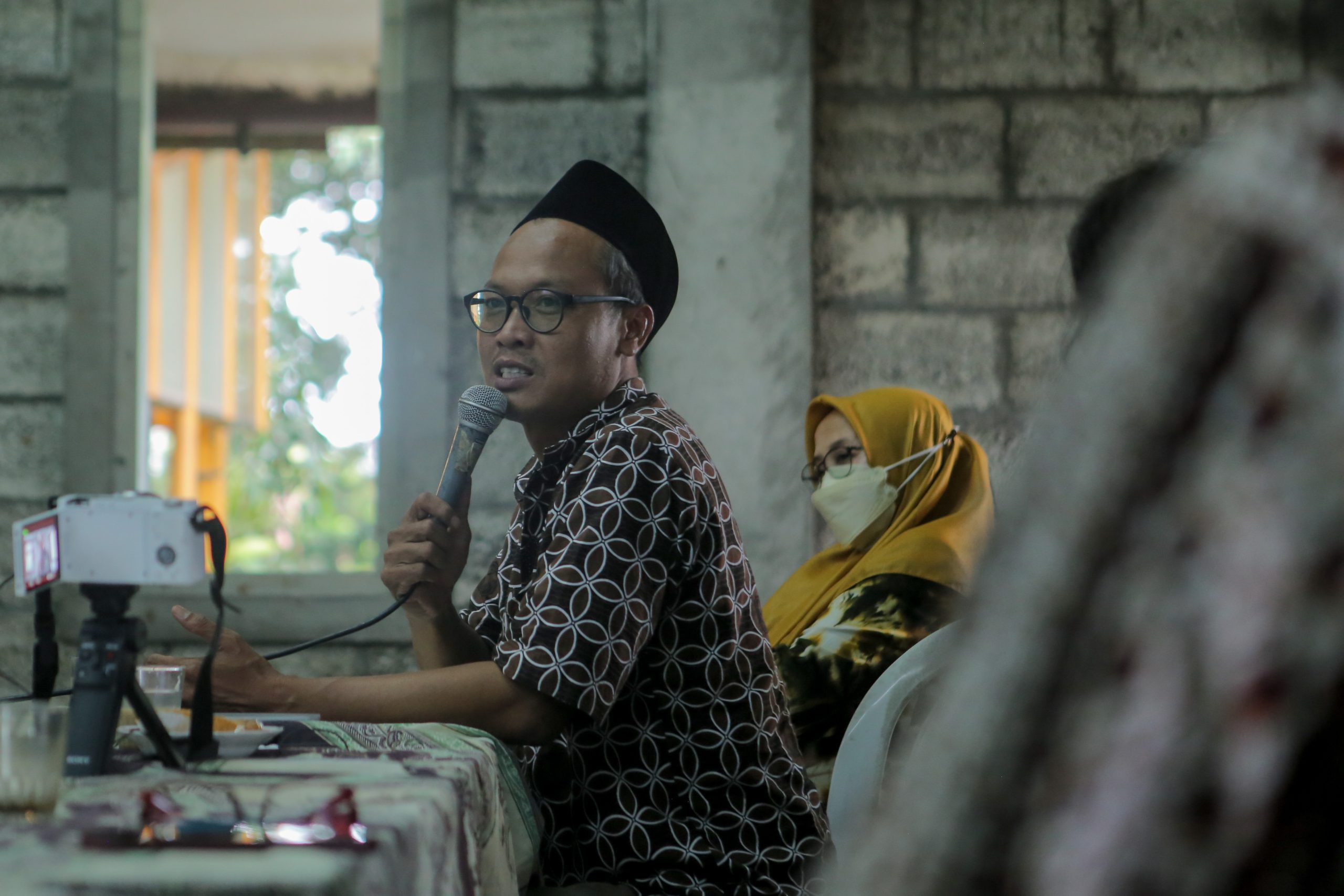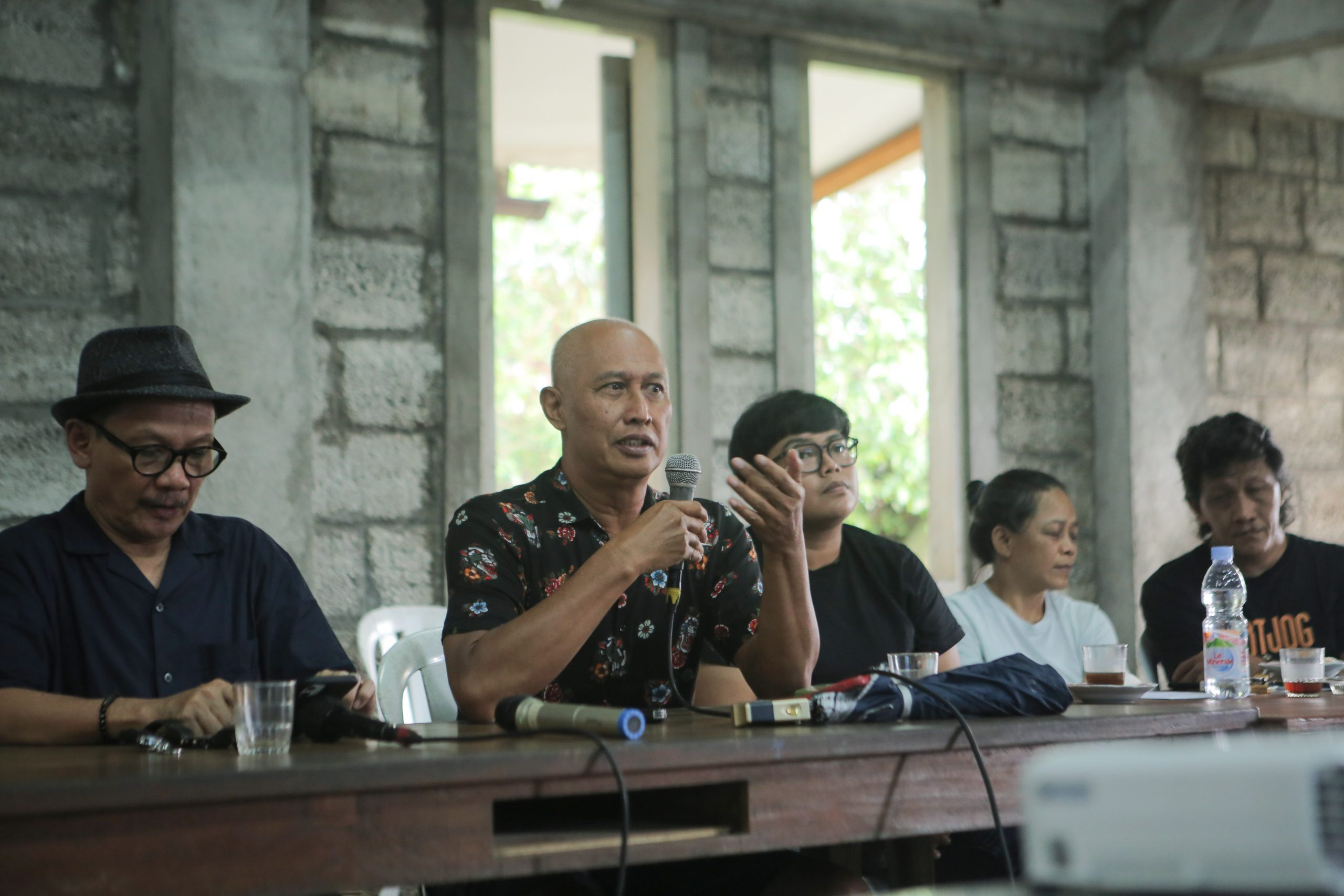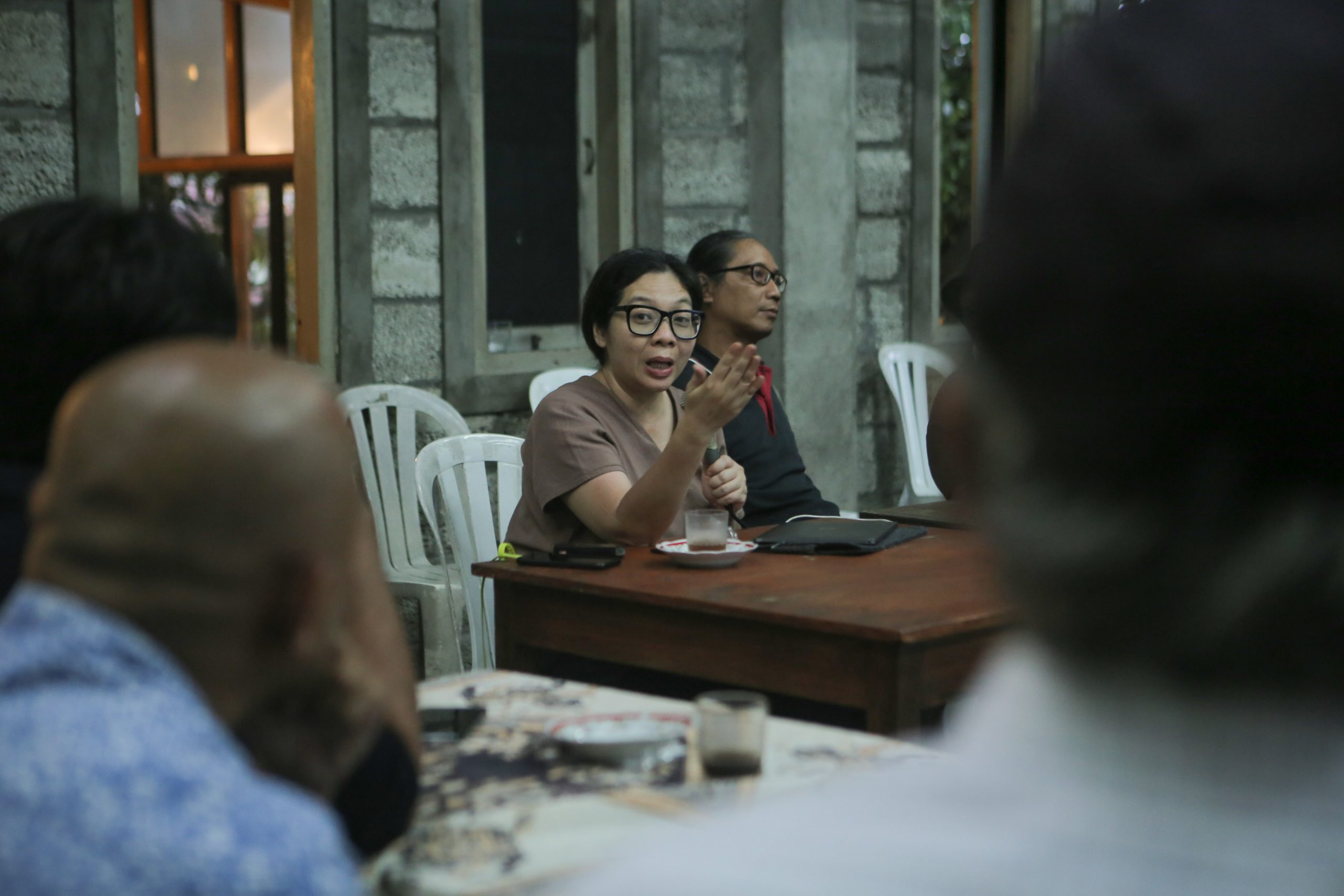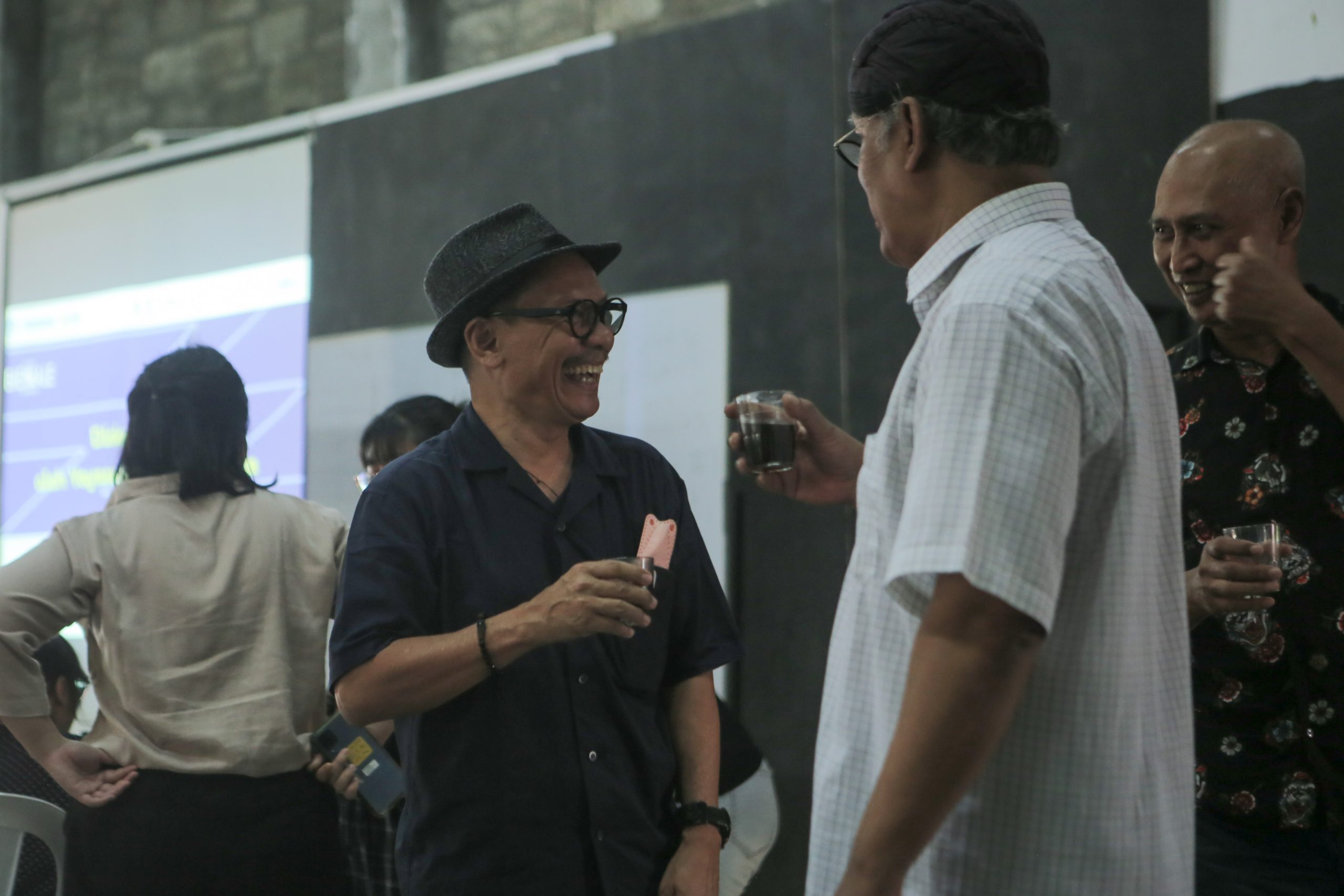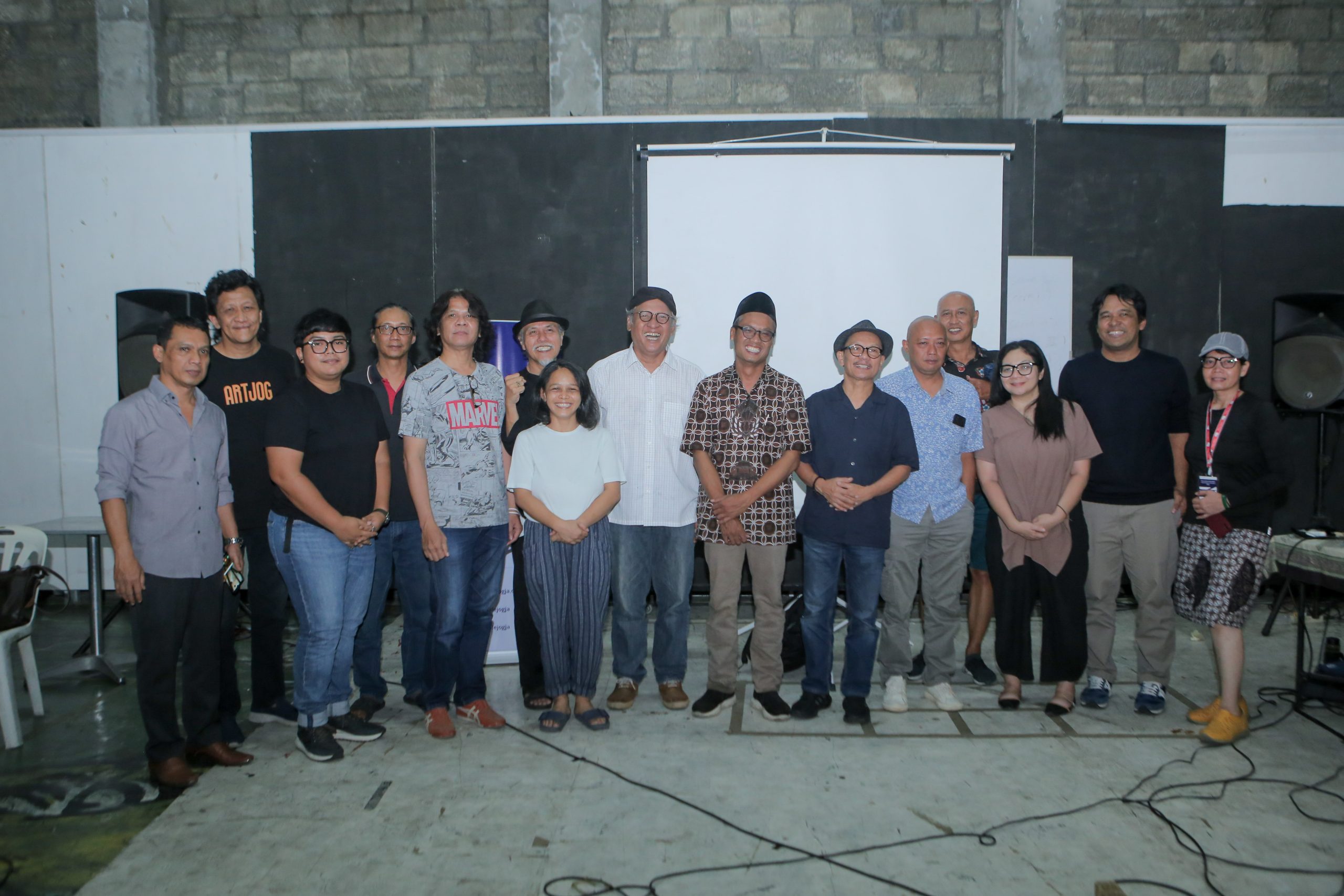Forum Group Discussion Yayasan Biennale Yogyakarta Session 2: “Looking at the Future of Biennale Jogja and Featured Art Events as Jogja’s Assets for World Culture”
Forum Group Discussion (FGD) Yayasan Biennale Yogyakarta consists of two sessions, after finishing with the first session together with art space managers and communities located on the second floor of Kedai Kebun Forum Yogyakarta. Followed by different participants and titles, namely Seeing the Future of Jogja Biennale and Featured Art Events as Jogja’s Assets for World Culture.
Alia Swastika opened the second session with the hope that she would be able to review the position of organizations from various art events in the governance of arts and culture in Yogyakarta in the next 5-10 years. It also discusses how these things can be integrated with the central government’s vision, reflect on the Biennale as an art event, and reimagine the Biennale with a new vision and mission and form. In addition, the discussion focused on public policy covering administration, resource management, village resilience and resource empowerment issues.
The participants consisted of the Head of Taman Budaya Yogyakarta, Pius Sigit Kuncoro, Nindityo Adipurnomo, Ahmad Noor Arief, Father G. Budi Subanar, Mikke Susanto, Kuss Indarto, Revianto B. Santoso, Suwarno Wisetrotomo, Bambang Paningron, Wahyudi Anggoro Hadi (Head of Panggungharjo Village), representatives of JAFF (Jogja-NETPAC Asian Film Festival), representatives of FFD (Festival Film Dokumenter), Bambang Toko (Artjog) and facilitated by Adi Wicaksono.
Adi Wicaksono started the discussion with several questions that became the starting point for response. First note; Can Biennale Jogja be a cultural ecosystem phenomenon? Address what issues and how? Is the organizer of this organization relevant to do that? The second note is to talk to each other about governance, what it actually looks like.
According to Suwarno, a dynamic ecosystem will show how networks can be built, art not only speaks of itself but also other things outside of itself. Art is also able to move other sectors. It is a challenge how Biennale events are discussed in culture. Suwarno also added that part of the success of the Biennale is the presence of the local government in the context of DIY Local Government. Even though the Biennale in Suwarno’s view is a cultural event that must be supported by the state which is not a profit-making / commercial event, its character moves.
Another interesting response was also conveyed by Father Banar about Jogja as a city of art, its continuity and discontinuity. Romo formulated at least 4 pillars that formed Jogja in the 20th century. There are pillars of nationalism, religion, education and culture. Likewise, Nindityo Adipurnomo expressed his opinion that Biennale Jogja is an artistic or cultural phenomenon. According to him, these two things are inseparable and form each other. Cultural phenomena are artistic manifestations and vice versa.
Responding to Adi’s question at the beginning, Bambang saw Biennale Jogja as a map of cultural events in Jogja, the position of Biennale in the ecosystem of cultural events is eventual. As a performance artist, Bambang feels jealous of his art friends who are so dynamic. The development is never finished, there are always things that are struggling but not hurting. In the context of discourse, the Biennale is much envied because it does not take place in other areas of the arts. Friends of contemporary performing arts are influenced by fine arts but do not dare to discourse, according to Bambang this is a matter of concern. On the question of whether the Biennale Jogja is actually an artistic or cultural event? According to him, there are not just those two things, how can the Biennale respond to issues in society in any form and deliver them in the midst of 600 other festivals in Jogja that allow cannibals.
One of the discussion participants who attended was the Head of Panggungharjo Village, he responded about the village, how the village is a strong entity. The village stores 3 strategic commodities, namely clean air, clean water and healthy food. The three commodities then open up strategies, human relations between humans and nature. During the last Covid event, it proved that the peak of our relationship was in the family, the peak of our social relations in kinship, the peak of economic relations in working together and the peak of our political relations was deliberation. These things saved the villagers from the pandemic.
The discussion was intense until Maghrib, but due to time constraints ARTJOG representatives have not been able to deliver their responses and it is expected that there will be another meeting. Biennale Jogja would like to thank all discussion participants who have participated in FGD session 2, good wishes will continue to be raised for the success of art organizations in caring for Indonesian culture.
A snapshot of the FGD event of Yayasan Biennale Yogyakarta Session 2: “Looking at the Future of Jogja Biennale and Featured Art Events as Jogja’s Assets for World Culture” at Kedai Kebun Forum :


